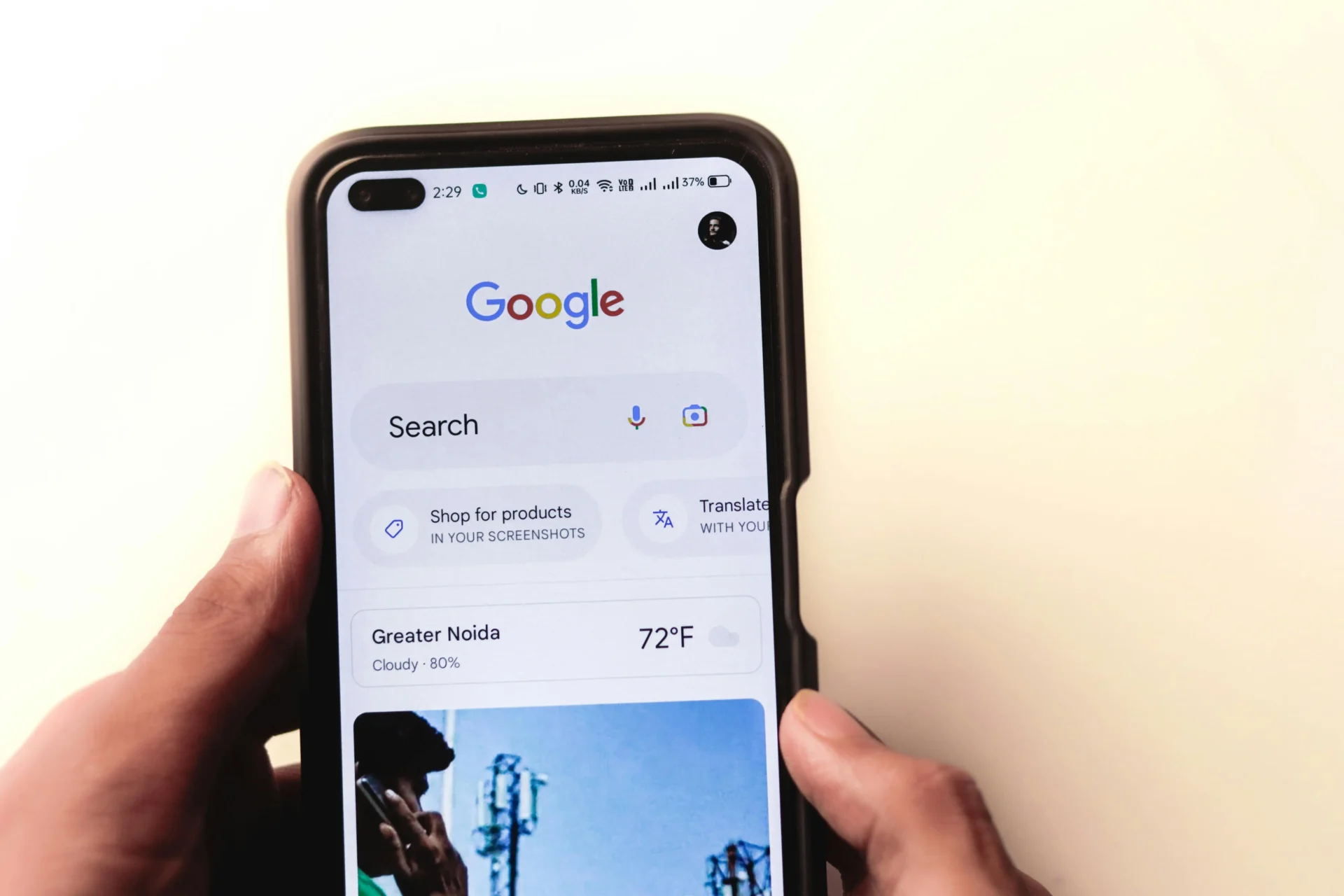When it comes to capturing your audience’s attention, broad, generic messages just don’t cut it anymore. To truly connect with consumers, you need to dive deeper into who they are and what drives them. This is where audience segmentation takes center stage. By breaking down your audience into distinct, targeted groups, you can create tailored messages that speak directly to their unique needs, interests, and pain points, increasing engagement and driving better results. Understanding the nuances of each segment allows you to refine your approach and ensure your marketing efforts hit the mark.
Audience segmentation isn’t just about getting your brand in front of people—it’s about ensuring your message lands with the right individuals at the right time. This approach helps you craft personalized experiences that resonate, turning one-time visitors into loyal customers and setting your brand apart from the competition. By understanding your audience on a deeper level, segmentation empowers you to build lasting connections and achieve long-term success in a crowded marketplace. With the right segmentation strategy in place, you can make smarter decisions that deliver measurable results.
Understanding the Core of Audience Segmentation
Audience segmentation is the process of dividing a large, diverse audience into smaller, more manageable groups based on shared characteristics. This allows you to create targeted messages that resonate with each group, rather than sending a generic message to everyone. By moving away from a one-size-fits-all approach, you can embrace personalized communication that is more relevant and engaging for your audience.
To clarify the difference, your target audience refers to the overall group you want to reach with your digital marketing efforts. Audience segmentation takes that broad group and breaks it down into smaller, more specific segments. For example, if your target audience is young adults interested in fitness, segmentation could break it into groups like gym-goers, yoga enthusiasts, and outdoor adventurers, allowing you to tailor your messaging to meet the unique needs of each segment.
It’s also important to distinguish between audience segmentation and market segmentation. While both involve dividing a larger group, market segmentation is a broader approach that looks at the overall landscape, categorizing it based on factors like demographics, geography, and consumer behavior. In contrast, audience segmentation is a more focused digital marketing strategy used for targeted marketing campaigns within a specific market. Market segmentation is ideal for high-level analysis, while audience segmentation is used for executing precise, tailored marketing strategies.
Unveiling the Benefits of Segmentation
Implementing a robust audience segmentation strategy offers a variety of benefits, starting with improved targeting and messaging. By understanding your audience segments, you can craft messages that directly address their needs, interests, and pain points. This personalized approach increases the likelihood that your message will resonate and prompt action. After all, a tailored message is far more effective than a generic one, as most people prefer communication that speaks directly to their individual interests.
In addition to enhancing messaging, audience segmentation also drives engagement and conversions. Offering a personalized experience, whether through custom content, product recommendations, or special offers, increases the chances of capturing your audience’s attention and encouraging them to convert. This can lead to higher click-through rates, more sales, and a stronger ROI. At fishbat, we’ve observed clients significantly improve their marketing performance by implementing targeted segmentation strategies, proving just how impactful this approach can be.
Furthermore, audience segmentation helps build stronger customer relationships by allowing for personalized interactions. Understanding your audience’s specific needs fosters loyalty and repeat business. In a competitive market, maintaining strong customer connections is crucial. Ultimately, audience segmentation gives you a competitive edge by allowing you to tailor your marketing more effectively than your competitors, helping you stand out and establish leadership in your industry.

Decoding the Different Segmentation Methods
Let’s take a closer look at the different methods of audience segmentation, each offering unique insights depending on your business and marketing goals. One common method is demographic segmentation, where you divide your audience based on factors like age, gender, income, education, and occupation. For example, luxury goods might target high-income individuals, while children’s toys would appeal to families with young children.
Another effective approach is geographic segmentation, which divides the audience based on their location. This can range from broad categories like country or region to more specific ones such as city or neighborhood. This method is especially useful for businesses that serve specific geographic areas, such as local restaurants or retail stores. Psychographic segmentation, on the other hand, focuses on the audience’s lifestyle, values, and interests, helping you understand what drives them and how to craft messages that will resonate.
Finally, behavioral segmentation looks at past behaviors such as purchase history, website activity, and engagement with marketing efforts. This method enables businesses to personalize marketing based on customer patterns. Technographic segmentation, which considers the technology people use, is especially relevant in today’s digital age, where device preferences and online behaviors influence purchasing decisions. Understanding these segmentation methods is key to creating a targeted and effective marketing strategy.
Implementing Audience Segmentation
Implementing audience segmentation begins with collecting data about your audience through various methods such as surveys, website analytics, CRM data, and social media insights. Once you’ve gathered this data, the next step is to analyze it to identify patterns and segments. This can be done manually or using specialized software. At fishbat, we utilize advanced analytics platforms to help clients better understand their target audience segments, allowing us to create highly effective and targeted campaigns.
After identifying the segments, creating audience personas is the next critical step. These personas are detailed profiles of your ideal customers within each segment, which help to visualize and understand your audience on a deeper level. This makes crafting personalized messages and offers easier. Additionally, mapping the customer journey is crucial. By outlining the touchpoints customers interact with, from initial awareness to post-purchase, you can pinpoint opportunities to personalize the experience and deliver targeted messages at every stage.
Lastly, it’s essential to choose the right tools and technologies to support your segmentation efforts. Various CRM platforms, marketing automation software, and analytics dashboards are available to help you collect, analyze, and apply your audience data effectively. The right choice of tools depends on your business’s specific needs and budget, and at fishbat, we have the expertise to guide you in selecting the most suitable options for your goals.
Applying Segmentation to Marketing Strategies
Audience segmentation can enhance a variety of marketing strategies. In content marketing, for example, you can tailor your content to the specific needs and interests of each segment. This may involve creating distinct blog posts, articles, or videos that resonate with different audience groups. Similarly, in email marketing, you can send personalized emails based on characteristics such as purchase history, website activity, or demographics, ensuring your messages are more relevant and likely to drive engagement.
In advertising, segmentation helps you target specific demographics, interests, and behaviors, ensuring your ads reach the right people. This targeted approach not only increases campaign effectiveness but also minimizes wasted ad spend. Additionally, audience segmentation can improve website personalization by displaying content dynamically based on user segments. For example, different product recommendations or offers can be shown to visitors based on their segment, creating a more personalized experience.
Finally, segmentation plays a vital role in social media marketing. By engaging with specific audience segments on various platforms, you can create targeted campaigns and tailor your content to their interests. This approach allows for more meaningful interactions, fostering stronger connections with your audience.
Final Thoughts
Audience segmentation is more than just a marketing tool—it’s the key to unlocking a deeper connection with your audience and driving measurable results. By breaking your audience into smaller, more targeted groups, you can create personalized, meaningful messages that resonate with each segment. This approach not only increases engagement and conversions but also fosters stronger customer loyalty, giving you a competitive edge in today’s crowded marketplace. The power of segmentation lies in its ability to focus your efforts on what truly matters, ensuring that your marketing hits the mark every time.
To elevate your marketing efforts, consider partnering with fishbat, a premier New York digital marketing agency that thrives on turning segmentation strategies into real results. We specialize in crafting dynamic social media campaigns that speak directly to your unique audience segments, ensuring every post, tweet, and story delivers maximum impact. Ready to see the difference? Contact us today at 855-347-4228 or hello@fishbat.com for a free consultation, and let’s turn your marketing strategy into a powerhouse that resonates, converts, and propels your brand to new heights.


